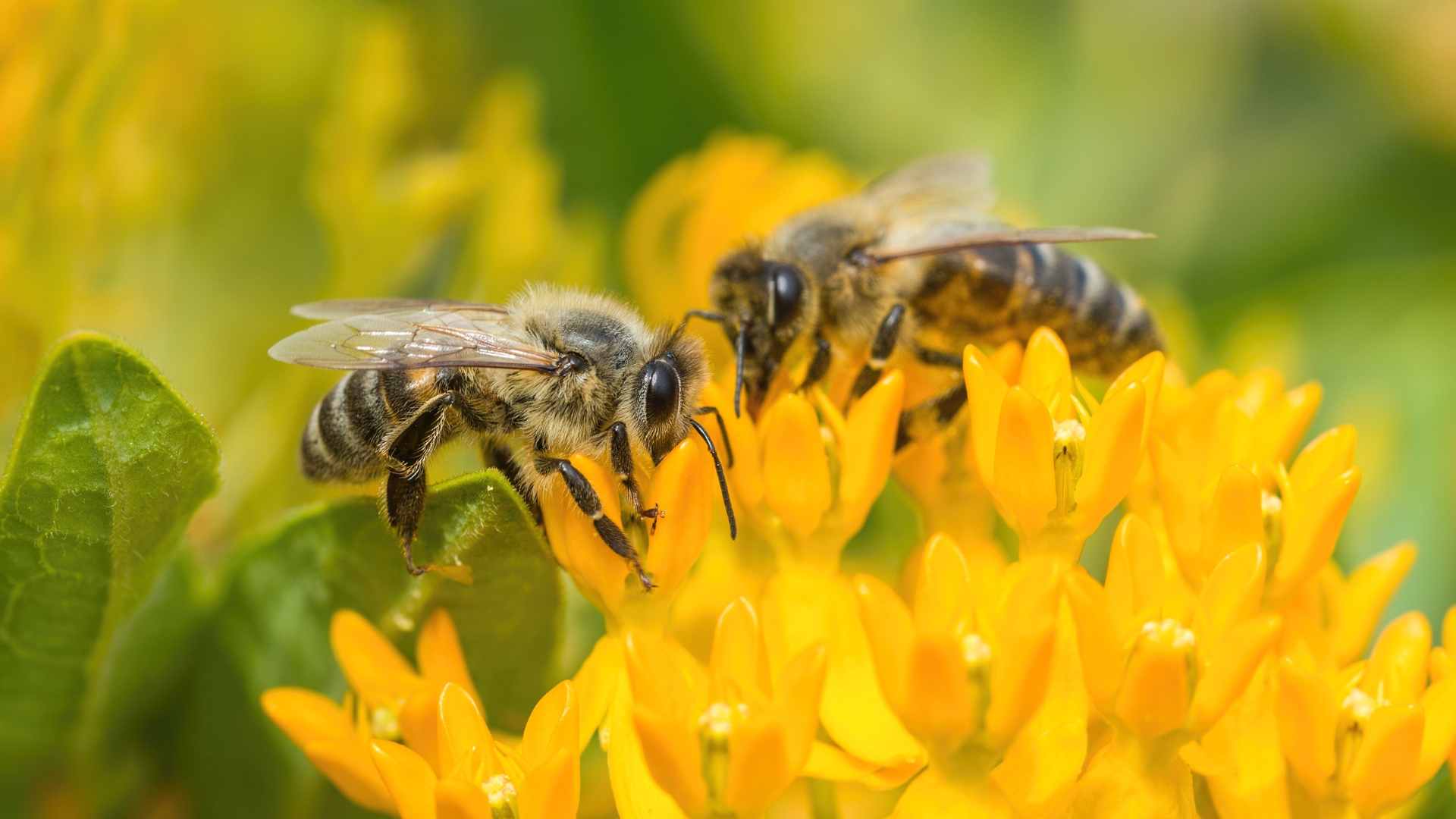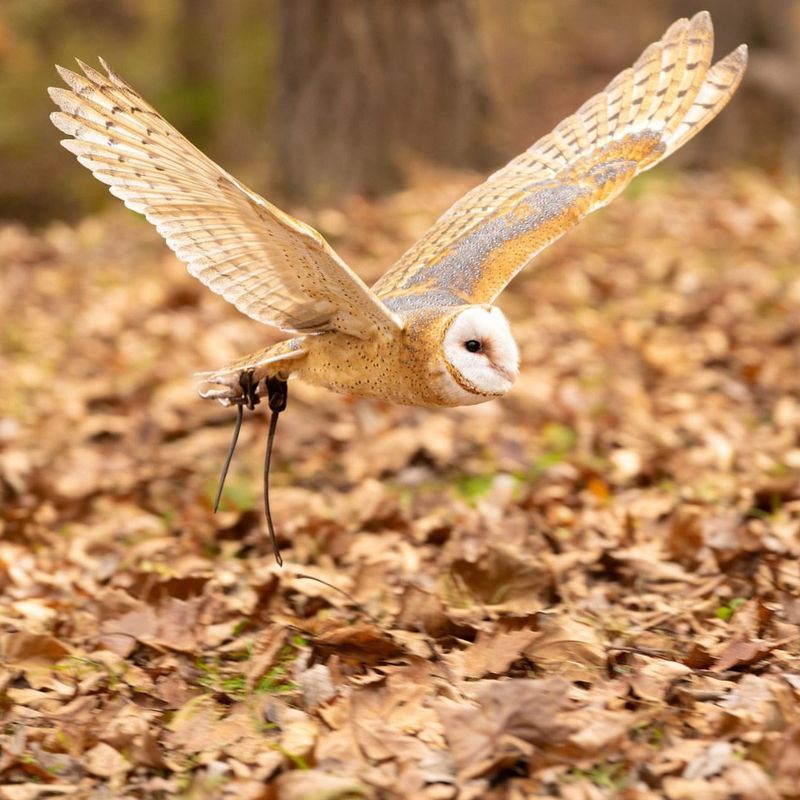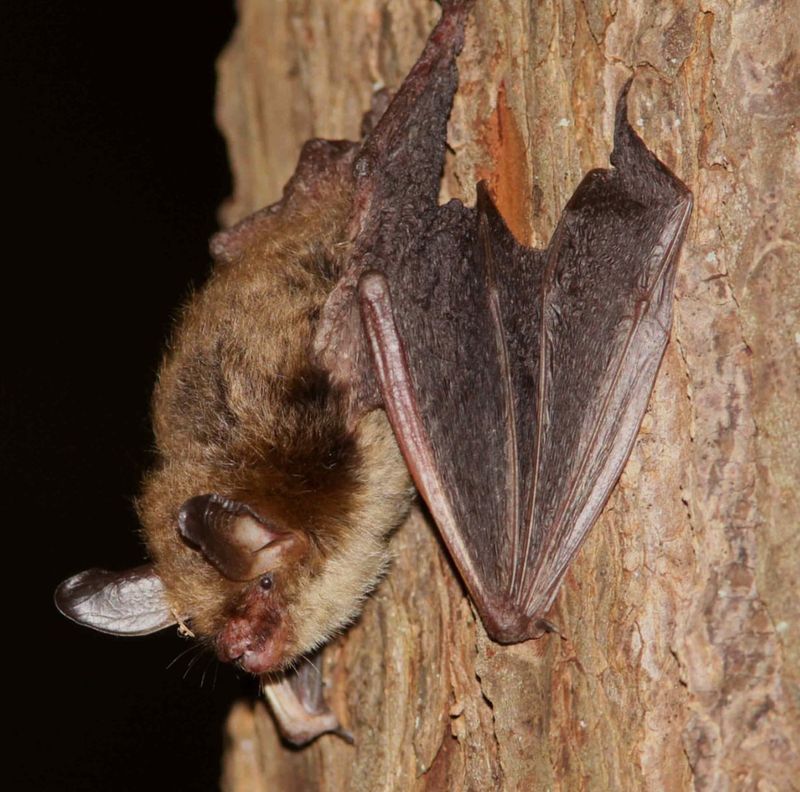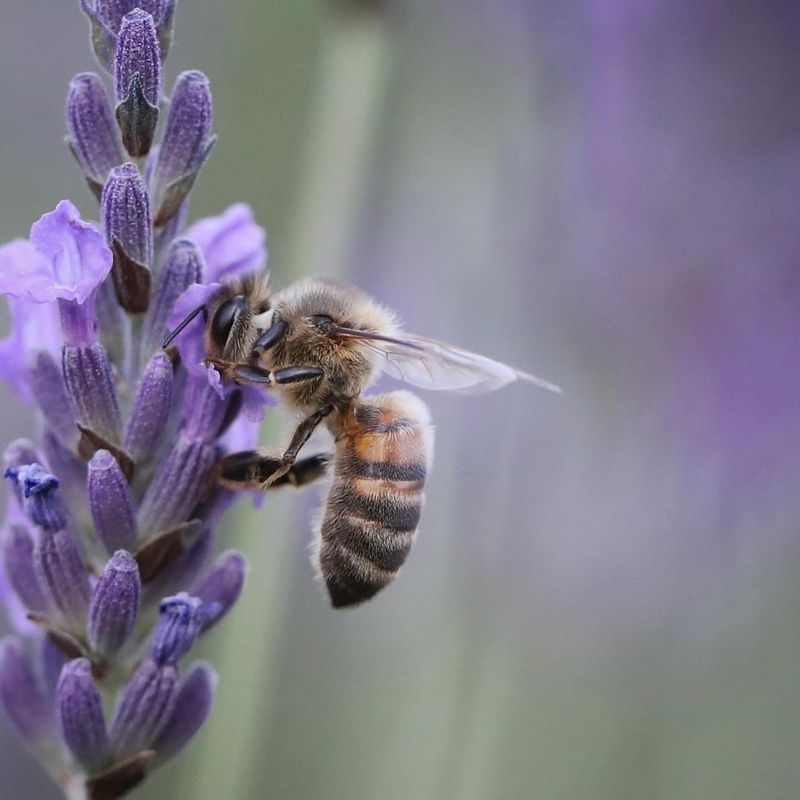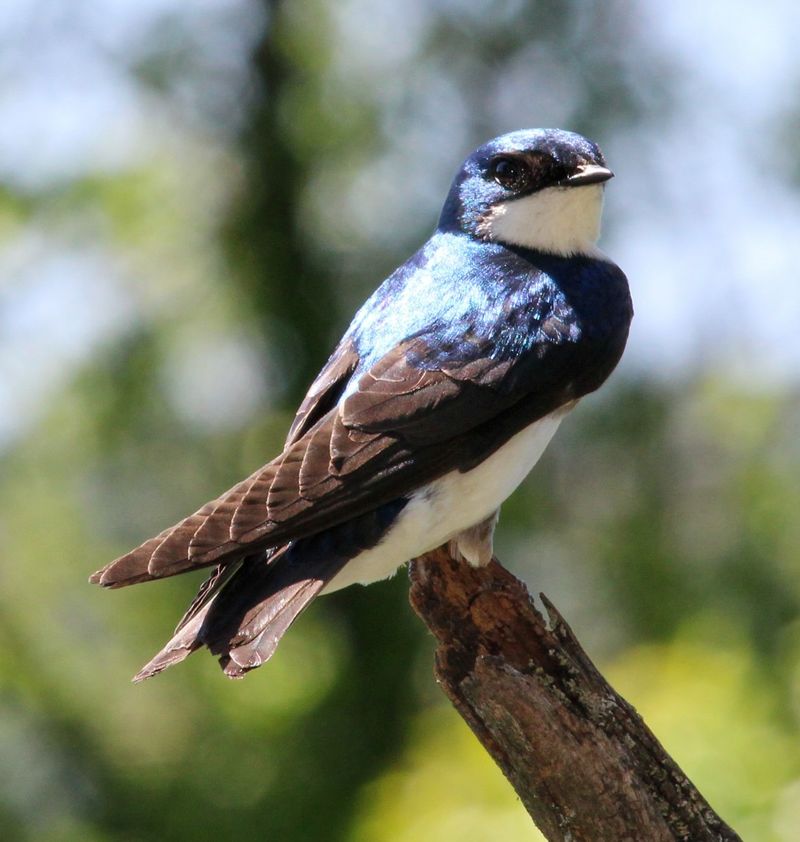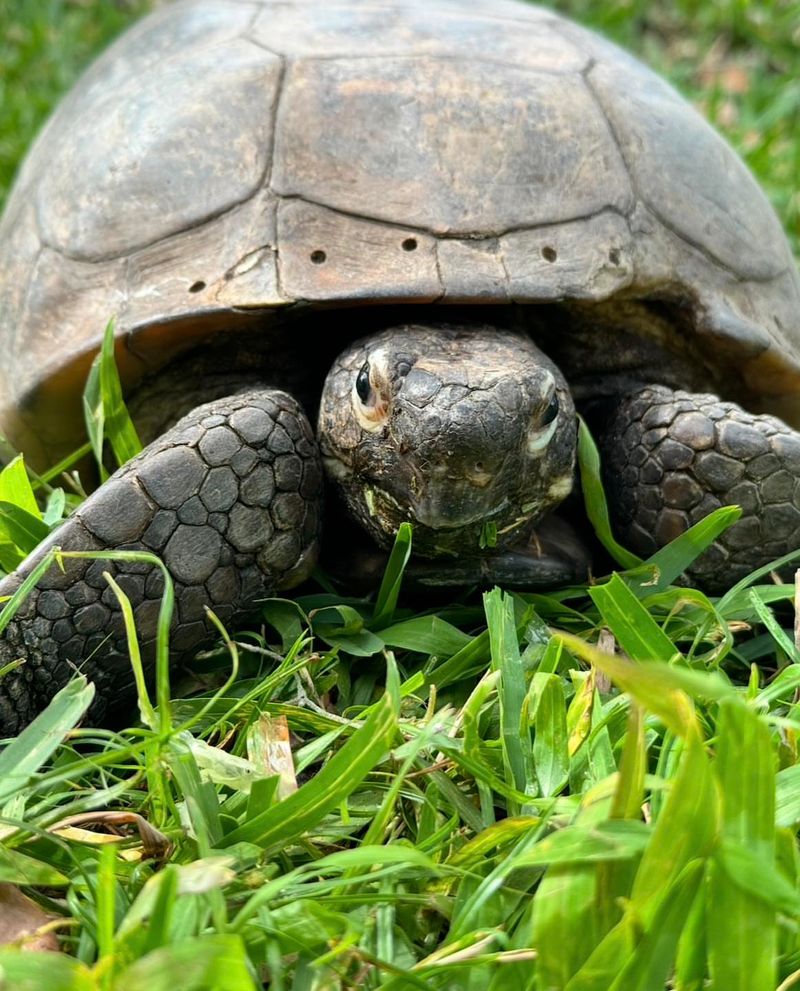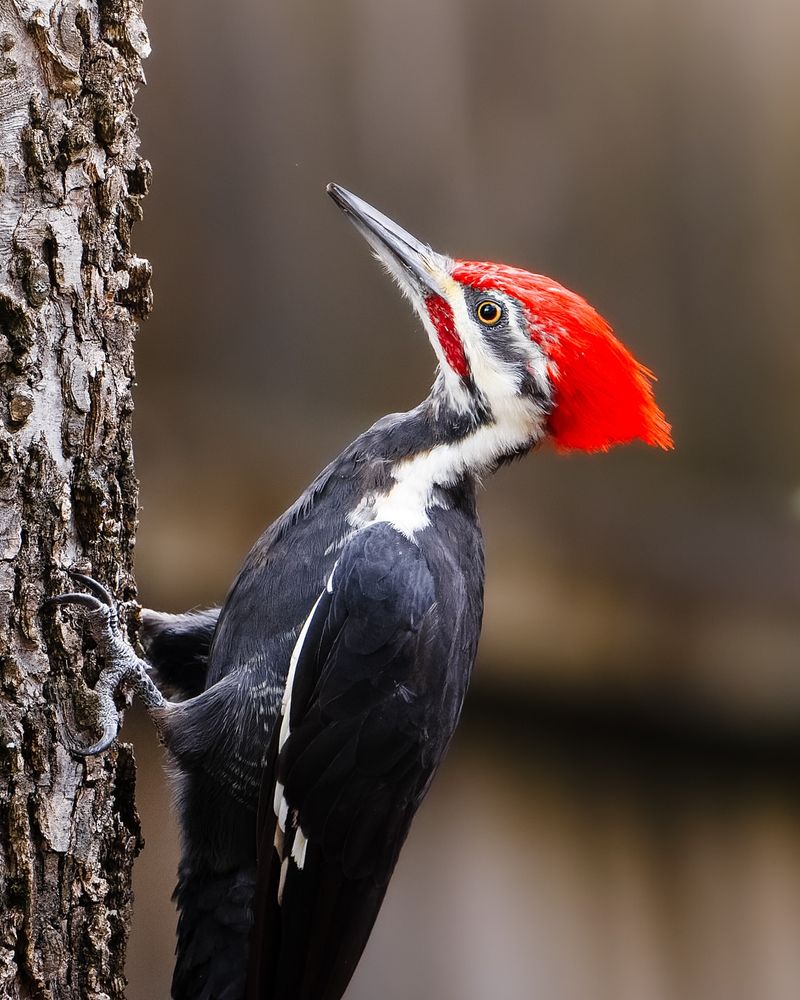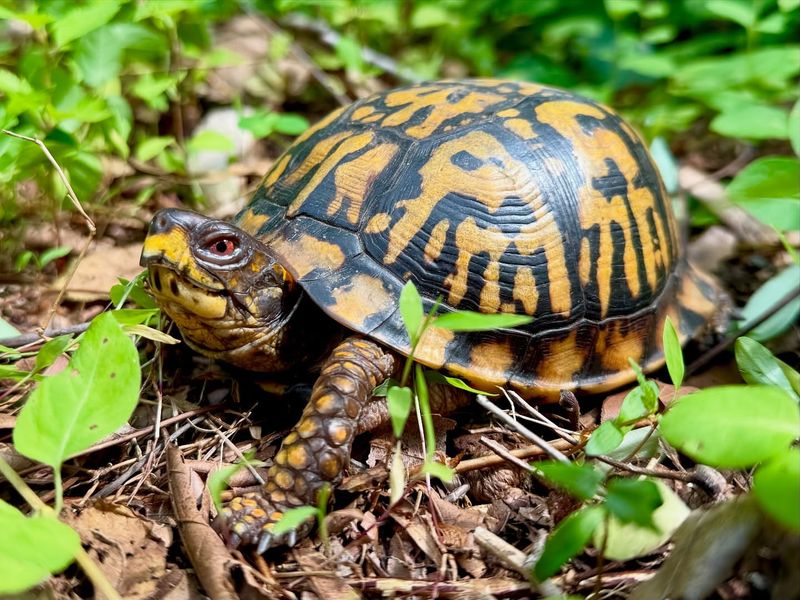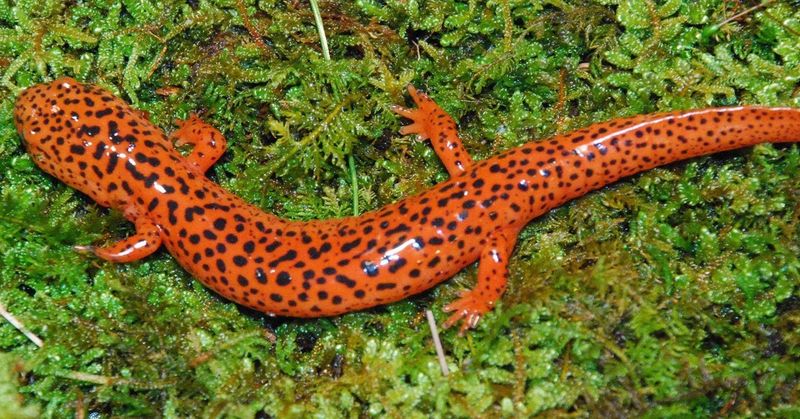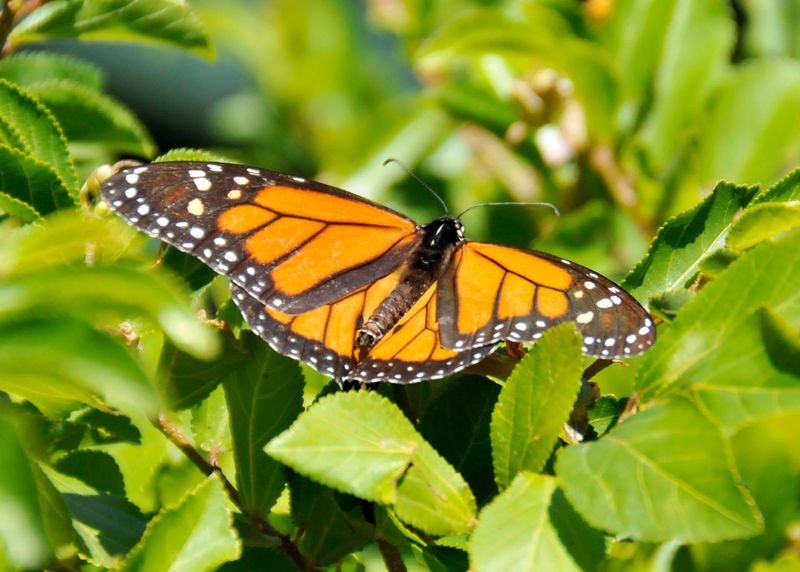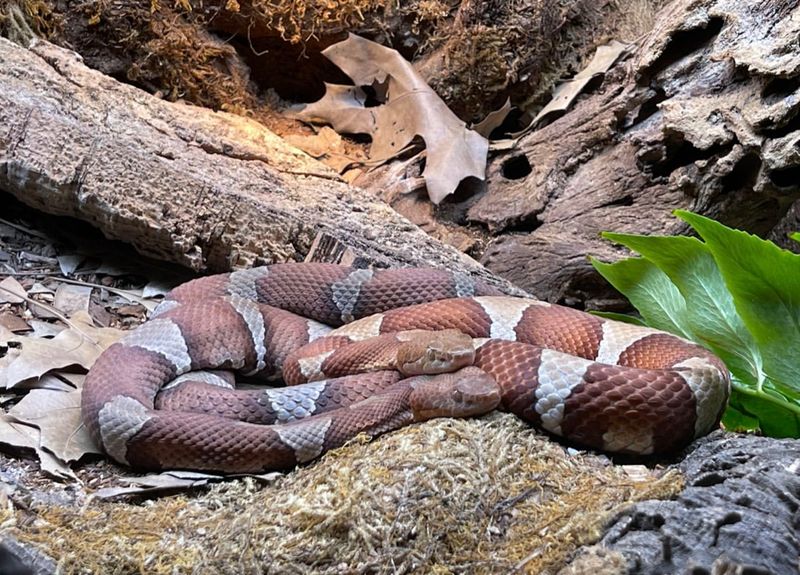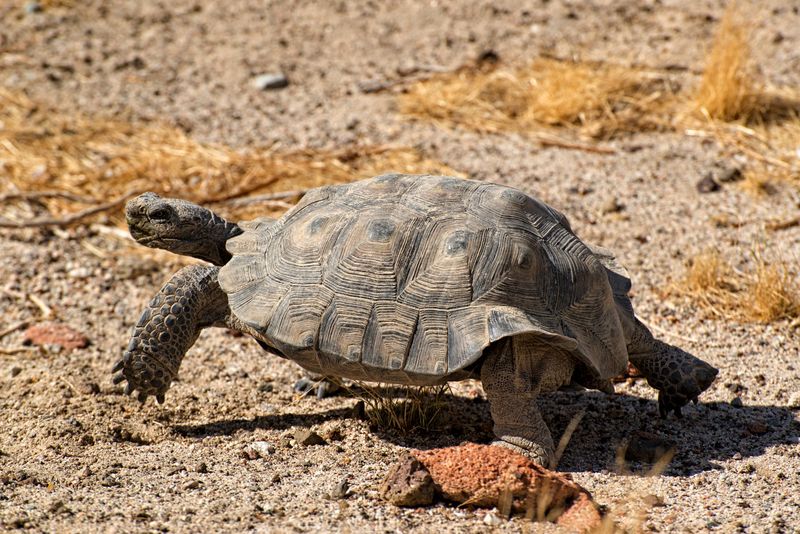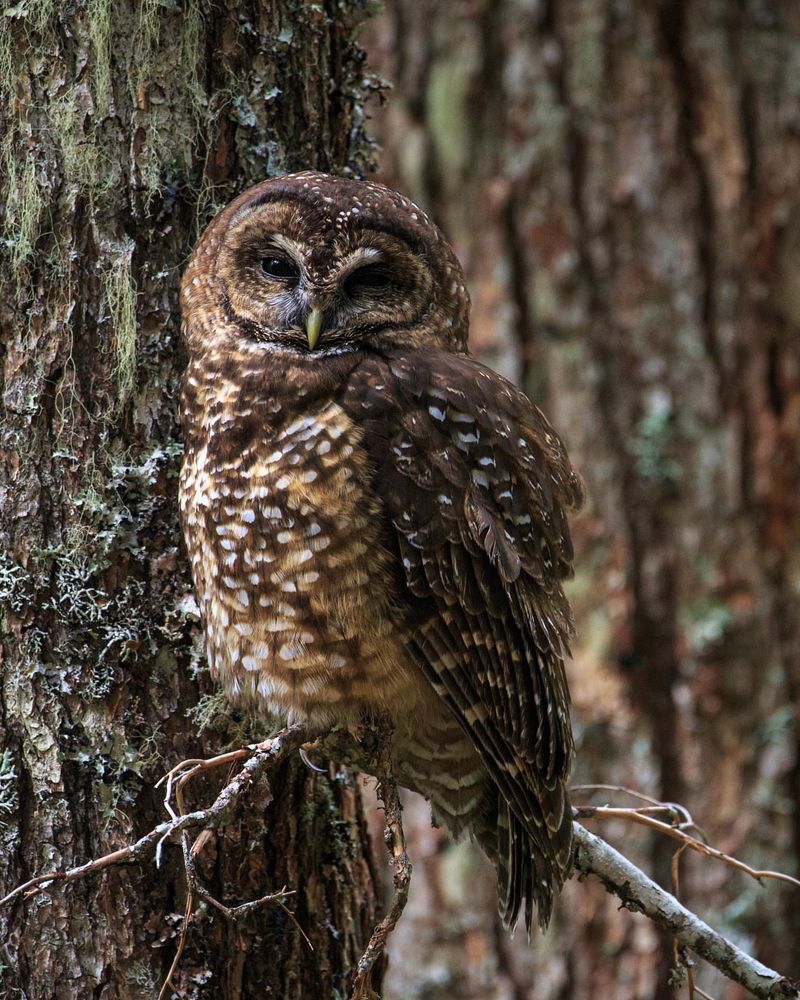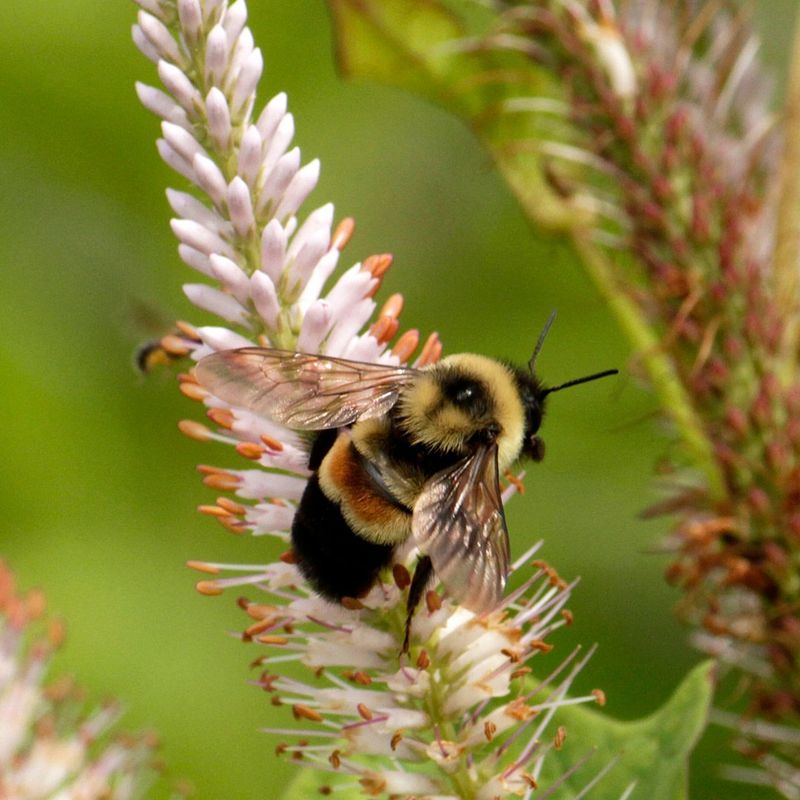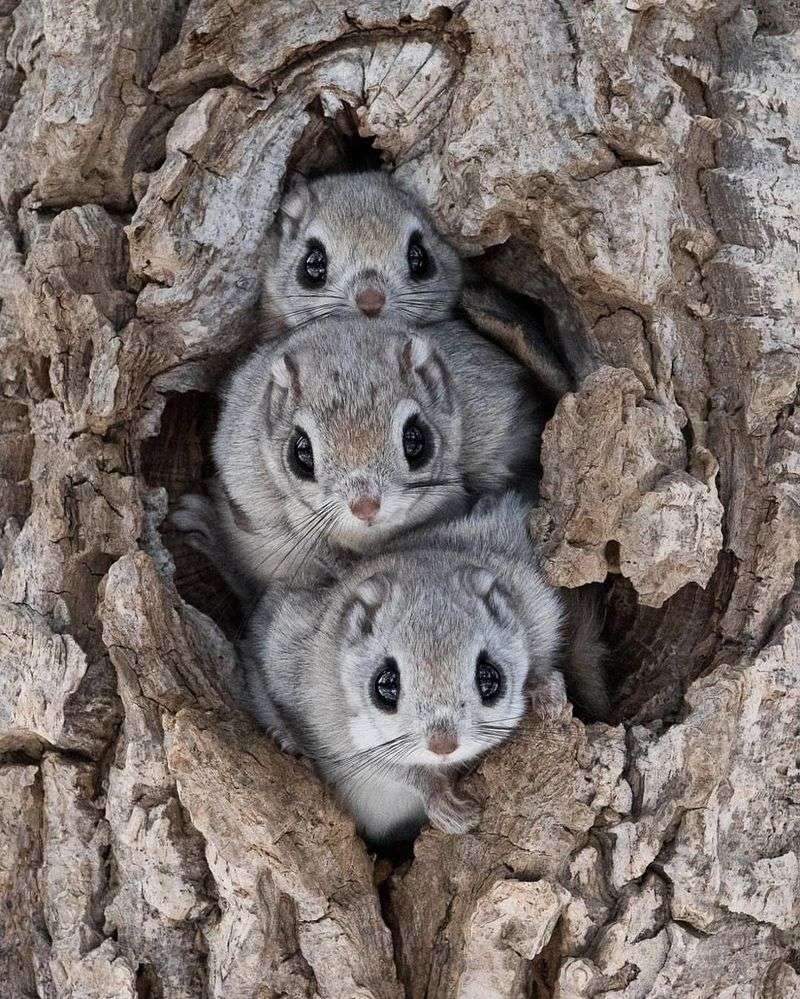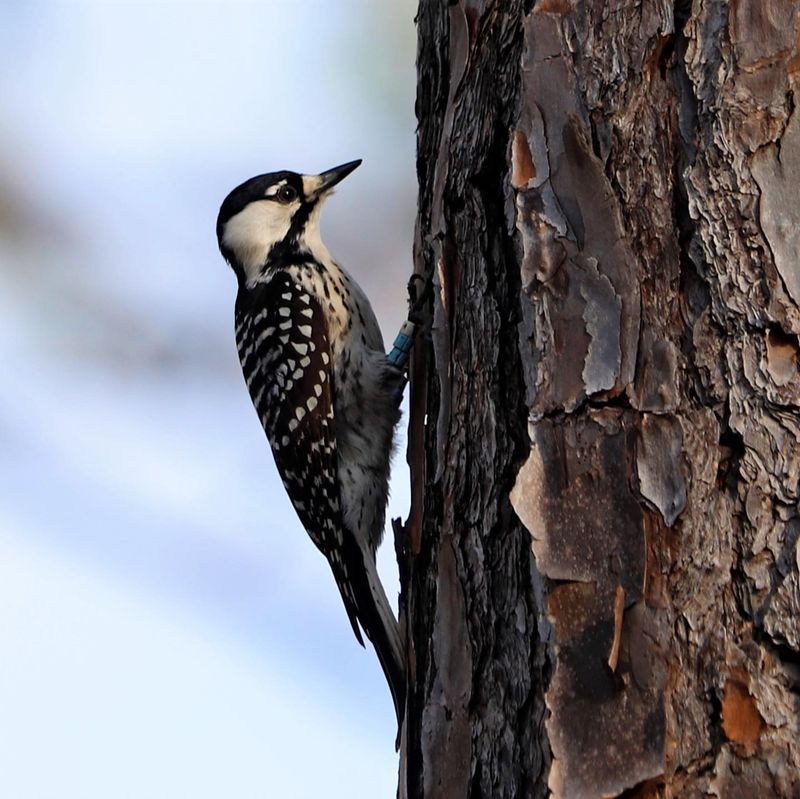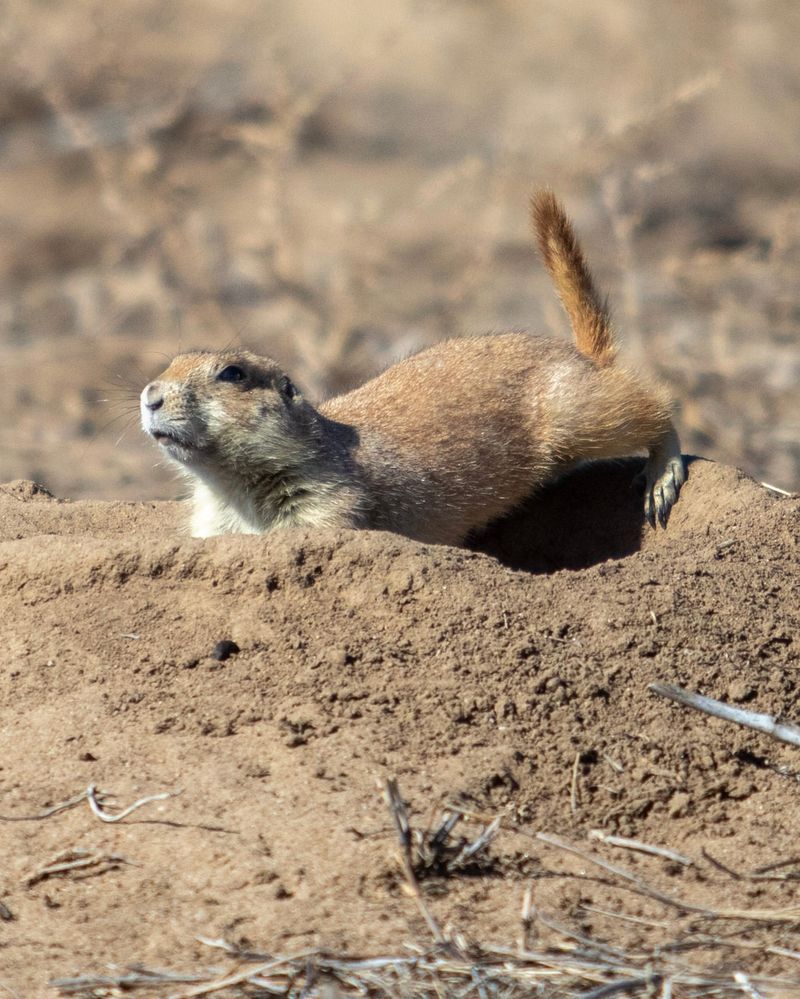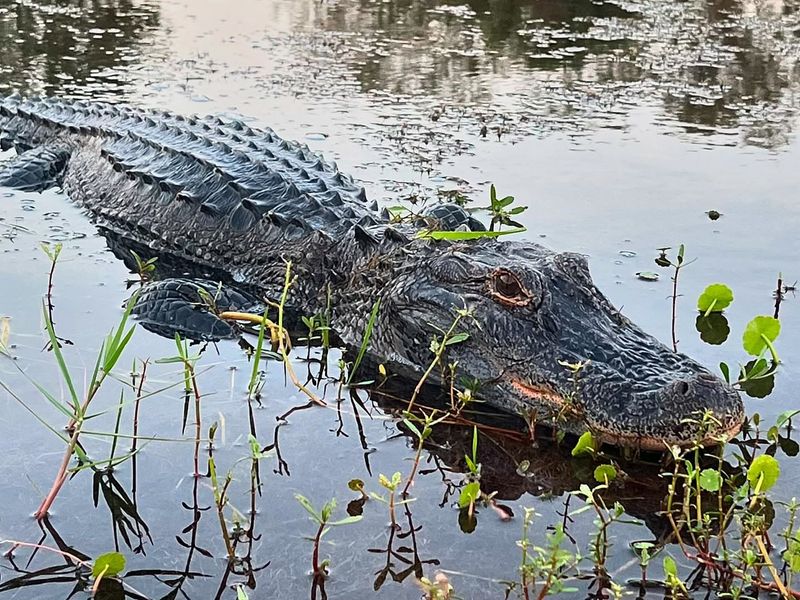Ever had a furry—or scaly—uninvited guest make itself at home in your garden? You’d be surprised how many critters are actually protected by law, even if they look like pests.
I discovered 18 creatures I’ve had to leave alone (or call in the pros) because messing with them could land you in hot water. From birds to insects, these wild visitors are off-limits—and for good reason.
In this post, we’ll unpack who’s off the removal list—and how to handle these encounters responsibly and legally.
1. Barn Owls
These ghostly white predators might spook you with their heart-shaped faces, but they’re actually farmers’ best friends. Barn owls can devour thousands of rodents annually, providing natural pest control that’s worth its weight in gold.
Federal law protects these nocturnal hunters under the Migratory Bird Treaty Act. If one nests in your barn or outbuilding, you’ll need professional wildlife services to relocate them—if relocation is even permitted in your area.
2. Bats
Found a colony hanging in your attic? Despite their spooky reputation, bats consume massive quantities of insects nightly—one bat can gobble up to 1,000 mosquitoes per hour! Many species are threatened or endangered due to habitat loss.
Federal and state laws protect these flying mammals, making DIY removal illegal. Professional exclusion must happen when babies aren’t present, typically late autumn. Improper removal can result in substantial fines.
3. Honeybees
Buzzing honeybee swarms might look intimidating, but these industrious pollinators are vital for food production. Their populations have declined dramatically in recent decades, prompting legal protections in many states and municipalities.
Destroying a honeybee colony can bring penalties ranging from warnings to substantial fines. Instead, contact a local beekeeper who can safely relocate the hive. Many will do this service for free since they value adding the bees to their collection.
4. Migratory Birds
That robin’s nest tucked in your porch light isn’t just a nuisance—it’s federally protected. The Migratory Bird Treaty Act shields nearly all native bird species, making it illegal to disturb active nests, eggs, or nestlings without special permits.
Violations can trigger fines up to $15,000 or even imprisonment for serious cases. The law requires waiting until nesting season ends and babies have fledged before removing empty nests. Always consult wildlife authorities before taking action.
5. Gopher Tortoises
These slow-moving reptiles might seem like simple garden visitors, but they’re ecosystem engineers. Their extensive burrows provide shelter for over 350 other species! Found primarily in southeastern states, they’re listed as threatened or endangered depending on location.
Removing a gopher tortoise without proper permits can result in felony charges and steep fines. Their burrows are protected too—even vacant ones. If you find one on your property, contact your state’s wildlife agency for guidance.
6. Woodpeckers
That rat-a-tat-tat on your siding might drive you crazy, but these feathered drummers serve as nature’s pest controllers. Woodpeckers feast on wood-boring insects that can damage trees and structures, playing a crucial ecological role.
All woodpecker species receive federal protection under the Migratory Bird Treaty Act. Harming them or destroying their nests carries significant penalties. Legal deterrents like visual scare tactics or sound devices must be employed instead of removal.
7. Box Turtles
With their colorful shells and gentle nature, box turtles might seem like perfect pets when discovered in your garden. However, many states classify them as species of special concern due to population declines from habitat loss and illegal collection.
Taking a wild box turtle home violates wildlife regulations in numerous states. Even relocating them more than a quarter mile away can disorient these creatures who maintain small home territories throughout their 50+ year lifespan.
8. Hummingbirds
Those tiny, iridescent flyers buzzing around your flowers aren’t just beautiful—they’re legally protected. All species of hummingbirds in North America fall under the Migratory Bird Treaty Act, making it illegal to capture, kill, or remove their nests.
Even an abandoned nest can’t be collected without proper permits. These remarkable birds return to the same gardens year after year, sometimes traveling thousands of miles. Their specialized ecological role as pollinators makes their protection particularly important.
9. Salamanders
Beneath garden rocks or logs, these slick amphibians serve as indicators of environmental health. Many salamander species have declined dramatically due to habitat destruction, pollution, and disease. Several states have enacted strict protections for native species.
Moving or collecting salamanders can disrupt local ecosystems and violate wildlife regulations. Their sensitive skin absorbs environmental toxins, making them vulnerable to improper handling. If found in your garden, consider yourself lucky—they’re natural pest controllers!
10. Monarch Butterflies
Those orange and black beauties fluttering around your milkweed aren’t just pretty visitors. Monarch butterflies have experienced a 90% population decline, prompting California and several other states to implement legal protections for this iconic species.
Removing monarch eggs, caterpillars, or chrysalises from milkweed plants in your garden could violate state conservation laws. Their multi-generational migration represents one of nature’s most remarkable journeys. Supporting them means preserving their habitat, not relocating them.
11. Native Snakes
Finding a snake in your garden might trigger panic, but most native species are beneficial predators that control rodent populations. Many states have enacted laws protecting non-venomous snakes from needless killing or removal from private property.
Endangered species like indigo snakes have absolute protection under federal law. Instead of reaching for a shovel, contact a wildlife removal expert who can identify the species and relocate it legally if necessary. Fines for harming protected snakes can reach thousands of dollars.
12. Desert Tortoises
Southwestern homeowners might encounter these ancient-looking reptiles lumbering through yards. Listed as threatened under the Endangered Species Act, desert tortoises receive rigorous legal protection throughout their range in Arizona, California, Nevada, and Utah.
Removing one from your property without proper permits can result in federal charges. These keystone species create burrows that benefit the entire desert ecosystem. If one visits your yard, provide water but never relocate it yourself.
13. Spotted Owls
Rural homeowners in the Pacific Northwest might spot these famous forest dwellers nesting near their property. As threatened species under the Endangered Species Act, spotted owls receive comprehensive federal protection that prohibits any disturbance to their habitat.
Even removing trees containing potential nesting sites can violate federal law. Their presence indicates healthy old-growth forest ecosystems. If you discover spotted owls on your property, contact the U.S. Fish and Wildlife Service immediately for guidance.
14. Bumblebees
Those fuzzy, buzzing pollinators visiting your flowers play a crucial ecological role. Several bumblebee species now receive federal and state protections due to alarming population declines linked to pesticide use, disease, and habitat loss.
Destroying a bumblebee nest (often located underground or in abandoned rodent burrows) could violate wildlife regulations. Unlike honeybees, they rarely sting unless directly threatened. Their gentle nature and pollination services make them valuable garden allies worth protecting.
15. Flying Squirrels
Those nighttime scampering sounds in your attic might be these gliding mammals seeking shelter. Several flying squirrel subspecies are protected under state or federal endangered species laws, particularly in eastern and southeastern states.
Removing them without proper permits can result in significant penalties. Professional wildlife experts must verify the species before any exclusion work begins. Their specialized ecological role in seed dispersal and forest regeneration makes their protection particularly important.
16. Red-Cockaded Woodpeckers
Southeastern property owners with mature pine forests might encounter these specialized woodpeckers. Listed as endangered, these birds create unique cavity nests in living pine trees affected by heart rot—a process that takes years.
Federal law strictly prohibits disturbing their nesting sites or habitat. Even removing dead pine trees near active colonies can trigger violations. Their presence indicates a healthy, mature pine ecosystem. Contact the U.S. Fish and Wildlife Service immediately if found on your property.
17. Prairie Dogs
Western homeowners might find these social rodents establishing colonies on their property. Despite their sometimes-nuisance status, several prairie dog species receive protection under state laws or the Endangered Species Act, particularly the Utah and Mexican subspecies.
Poisoning or flooding colonies often violates wildlife regulations and can carry substantial penalties. Their complex tunnel systems aerate soil and support numerous other species. Legal removal requires special permits and must follow strict protocols to ensure humane treatment.
18. Alligators
Southern homeowners with waterfront property might encounter these prehistoric-looking reptiles basking near ponds or canals. Once endangered, alligators now have recovered but remain protected under state laws throughout their range.
Removing or harming an alligator without proper permits is strictly prohibited and can result in serious legal consequences. Only state-licensed trappers can legally remove nuisance alligators. Their ecological role as apex predators helps maintain healthy aquatic ecosystems.

